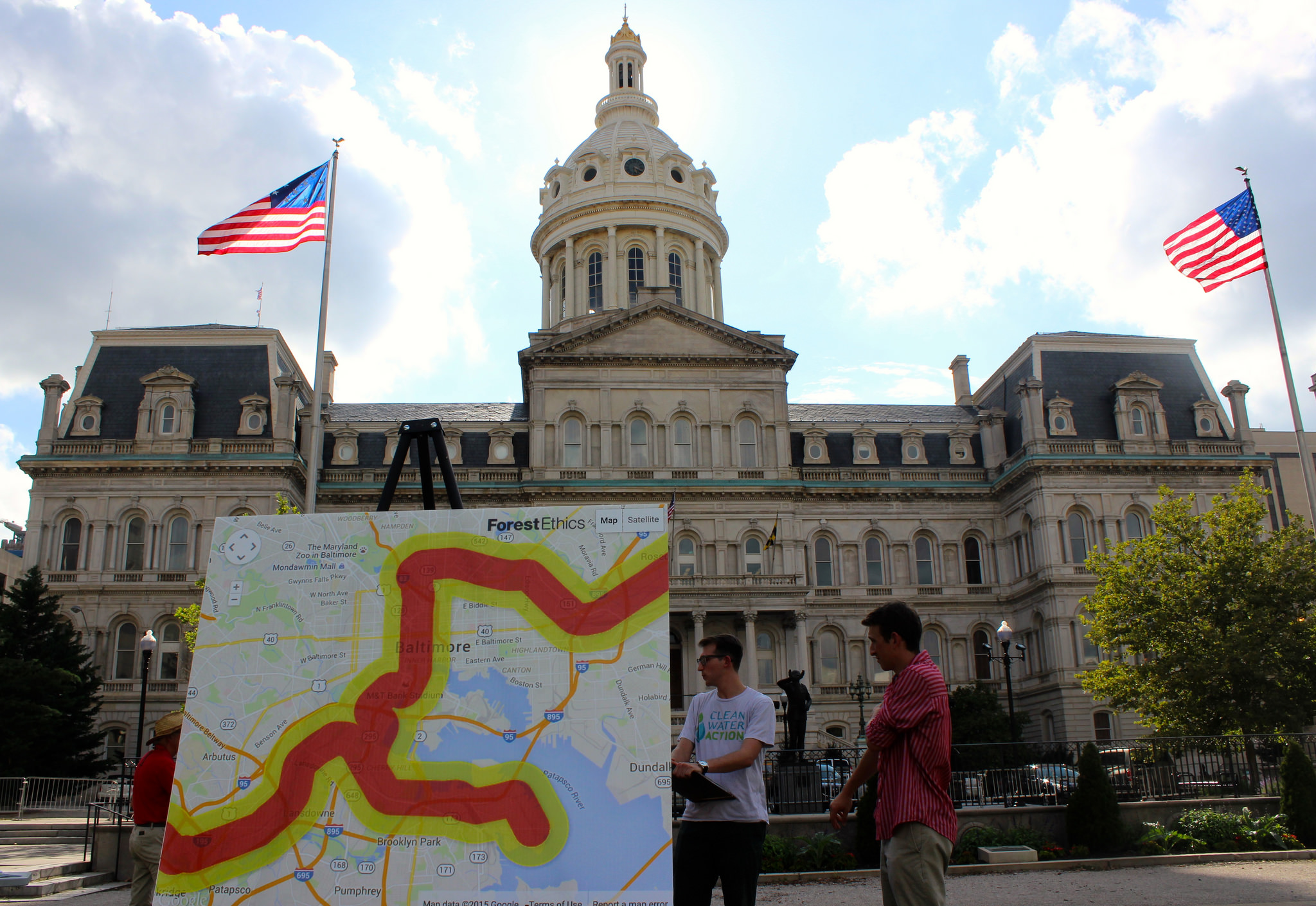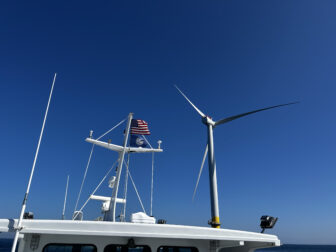Over the last year and a half, our campaign to stop dangerous and explosive oil trains in Baltimore has built some serious momentum. This is a blog post about what we’ve accomplished, and what we have planned next.
In the winter of 2014, CCAN and partners submitted hundreds of public comments in opposition to Targa Terminals’ proposed crude oil and tar sands shipping terminal in Curtis Bay. In addition to submitting comments, technical comments filed by the Environmental Integrity Project got state regulators attention. The Maryland Department of the Environment halted the company’s permit, stopping construction of the terminal and potentially keeping over a million gallons of oil from running through our city every day. During that process, the Baltimore Sun reported that another terminal was already shipping crude oil out of the city, and that explosive crude oil trains were likely running through the center of the City, but rail companies CSX and Norfolk Southern were suing the state of Maryland to keep route information secret.

So, in July of 2015, nearly a hundred of us rallied outside of City Hall as part of a National Week of Action to stop oil trains, calling for public disclosure of train routes. That same day, the City Council held an informational public hearing about crude oil trains, and, slowly, us and the City Council started to learn more about this shady industry. Of course, the rail companies refused to show up, prompting even more questions from the City Council. After that hearing, they agreed that something needed to happen.
Finally, last Fall, we started to shed some light. In September, a Baltimore judge ruled against rail companies, forcing them to release oil train route information to the public, confirming that explosive crude oil trains do run through the heart of our city and put 165,000 people (or a quarter of the city’s population) at risk. Now, the city council is ready to take action.
Just last week, City Council President Jack Young introduced a bill to study the health and safety impacts that oil trains place on the city. These are unprecedented studies that should tell us even more about the burden oil trains place on communities. We will be able to answer questions like: what pollutants leak out of oil trains in communities near rail lines? Or, what should the city do in the event of an oil train derailment and explosion?
Of course, these simple questions should have been answered before we allowed oil trains to run through the heart of the City, but it’s heartening to see the City Council finally asking questions like this to expose this industry for what it is: an extreme risk to communities that we shouldn’t have to bear. Ultimately, we know that there is no safe way to transport oil. Whether it’s by rail, pipe, or truck, crude oil is too much of a danger for communities and for the climate. The only way to ultimately protect ourselves is to transition away from our dependence on fossil fuels. But exposing the oil train industry and giving communities the knowledge that they deserve is an important first step.
If you want to learn more about crude oil trains and what we’re planning next, come to CCAN’s Town Hall on Thursday, February 11th in Baltimore. We’ll be joined by a guest from Lac-Megantic, Quebec, who will share her personal experience of the oil train disaster that destroyed her community. We’ll also hear from representatives from the City Council, who will discuss their recent action, and what we need to do to pass the ordinance and get it signed by the Mayor.






